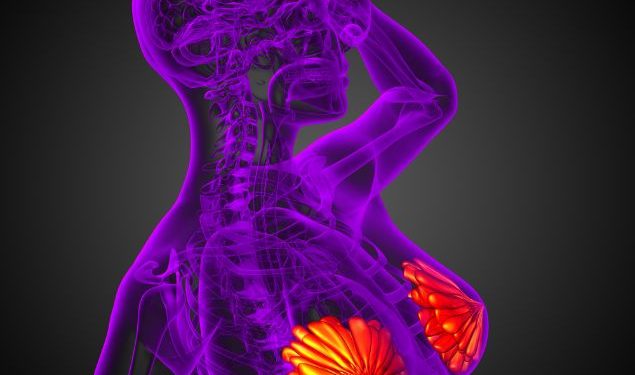Breast cancer is most often thought of as a disease that affects women, but men can also get it. It’s less common than breast cancer in women, but it does happen. Men who have breast cancer can live just as long as women with the disease, if it is caught early and treated effectively.
Breast cancer in men happens when malignant (cancerous) cells form in the tissues of the male breast. It typically occurs in the small amount of breast tissue that men have behind their nipples. It usually happens in men over 60, but it can happen in younger men too.
The most common type of breast cancer in men is called ductal carcinoma. This type of cancer develops in the ducts that make and store milk. It can spread to other parts of the body, but it’s less likely to do so than in women. A less common type of breast cancer in men is lobular carcinoma. This type of cancer develops in lobules, which are areas in the breast where milk is made. It is also less likely to spread than ductal carcinoma.
There are many different types of breast cancer treatments for both women and men. For example, there are chemotherapies that use drugs to kill cancer cells or stop them from growing. There are also hormone therapies that use drugs to lower the levels of estrogen or block its effects on cancer cells. These medications are sometimes used together, but they’re more commonly given one at a time over several weeks or months.

In addition, there are specialized surgeries for men with breast cancer. There are mastectomy operations, which remove all or part of the breast; and lumpectomies, which remove only the lump or tumor. There are also radiation and immunotherapy treatments, which are not generally used to treat breast cancer in women, but are being studied as possible treatment options for breast cancer in men.
Many different factors can increase a man’s risk of developing breast cancer. These include having a family history of breast cancer and inherited gene mutations that can cause breast cancer. Other factors that can increase a man’s risk are age and race or ethnicity. Certain conditions, such as Klinefelter syndrome or having a testicular tumor, can also increase a man’s risk of getting breast cancer.
Men who have a history of breast cancer or are at high risk because of other factors should talk to their doctor about screening. Taking a close look at the chest and underarm area, and the nipple can help doctors find breast cancer in its early stages when it is easier to treat. Men who have any unusual changes in their breasts should also talk to their doctor.









